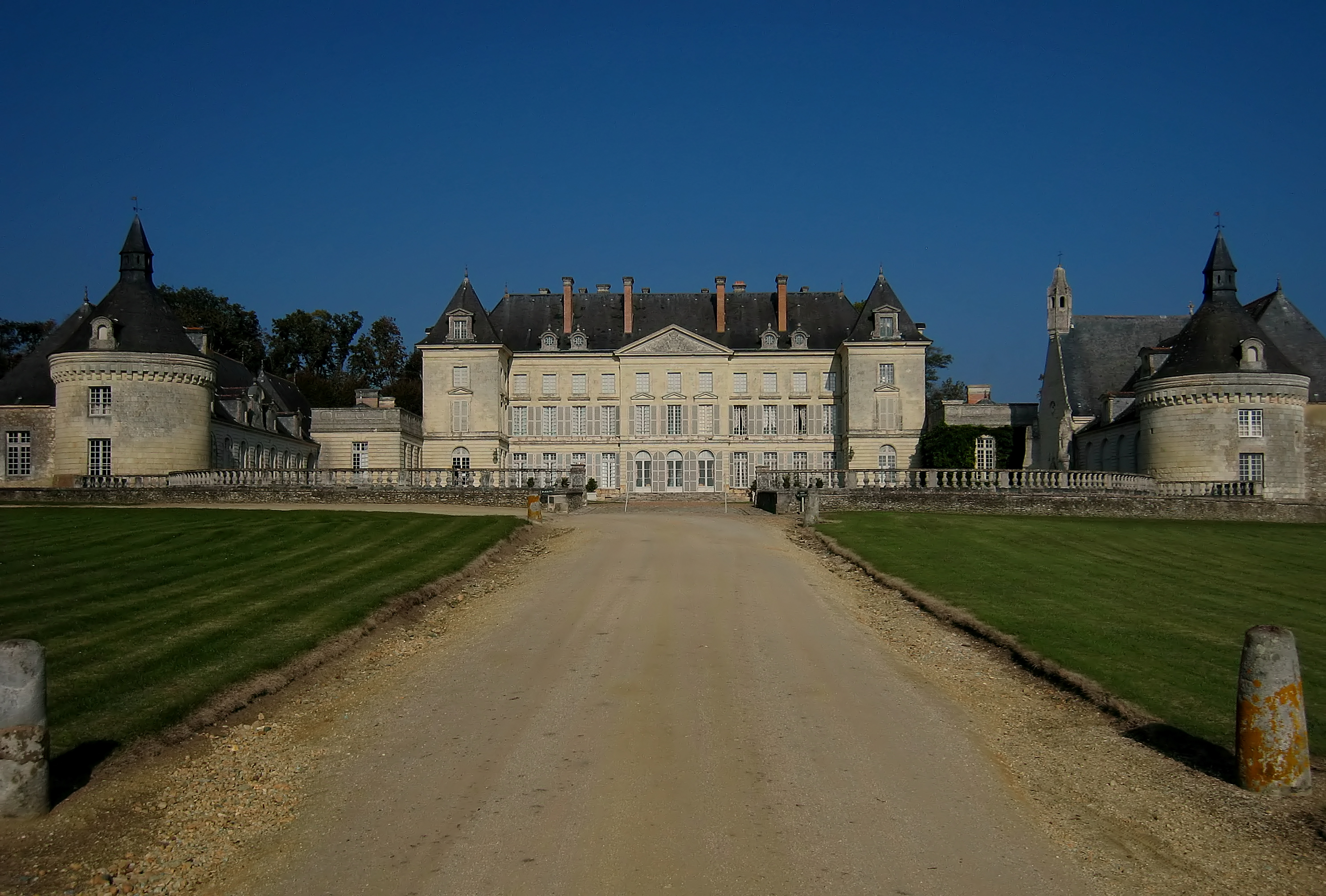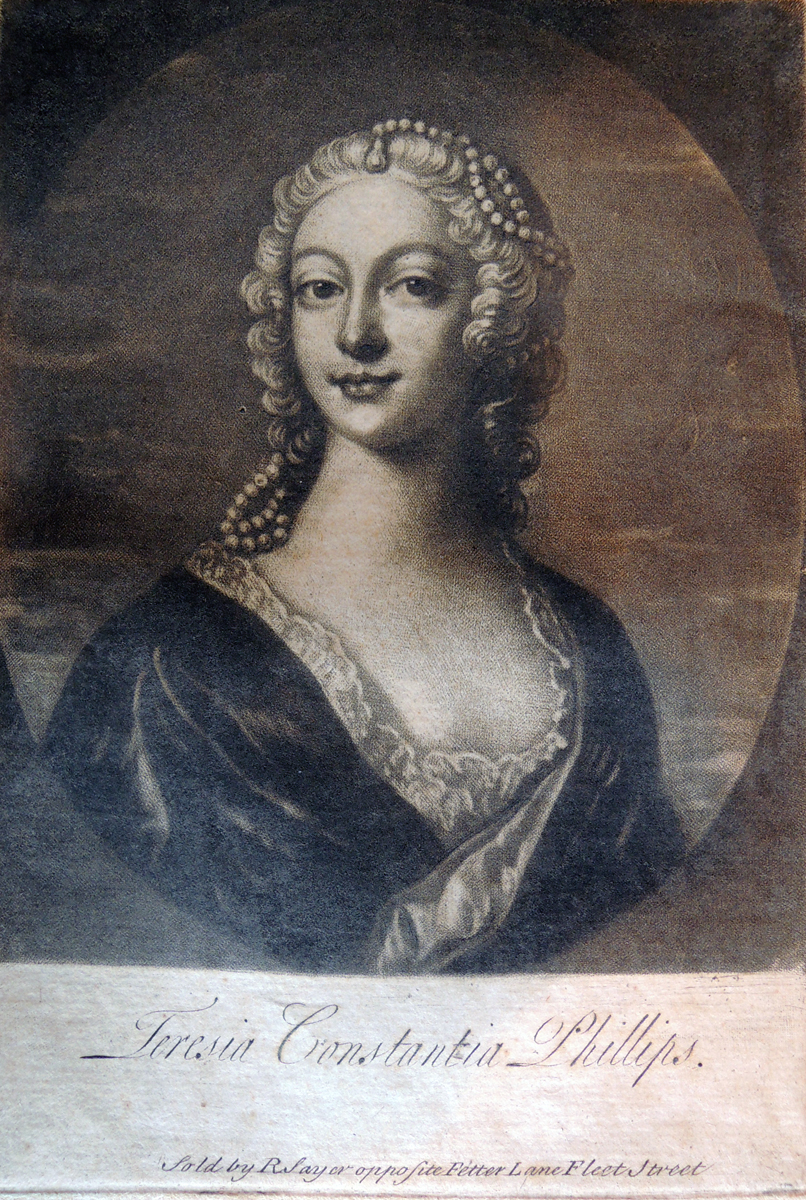|
Antoine Matthieu Le Carpentier
Antoine Matthieu Le Carpentier (; Rouen, 1709 - Paris, 1773) was a French architect. Biography Antoine Matthieu Le Carpentier was born in Rouen, the son of a carpenter. He became a member of the Académie royale d'architecture in 1756. His students included the brothers Joseph-Abel Couture, Joseph-Abel and Guillaume-Martin Couture, Jean-Baptiste Louis Élisabeth Le Boursier and Jean-Benoît-Vincent Barré. He died in Paris in 1773. Works His works include the rebuilding of the Château de la Ferté-Vidame (1771). References {{DEFAULTSORT:Le Carpentier 1709 births 1773 deaths Architects from Rouen 18th-century French architects Members of the Académie royale d'architecture ... [...More Info...] [...Related Items...] OR: [Wikipedia] [Google] [Baidu] |
Rouen
Rouen (, ; or ) is a city on the River Seine, in northwestern France. It is in the prefecture of Regions of France, region of Normandy (administrative region), Normandy and the Departments of France, department of Seine-Maritime. Formerly one of the largest and most prosperous cities of medieval Europe, the population of the metropolitan area () is 702,945 (2018). People from Rouen are known as ''Rouennais''. Rouen was the seat of the Exchequer of Normandy during the Middle Ages. It was one of the capitals of the Anglo-Normans, Anglo-Norman and Angevin kings of England, Angevin dynasties, which ruled both England and large parts of modern France from the 11th to the 15th centuries. From the 13th century onwards, the city experienced a remarkable economic boom, thanks in particular to the development of textile factories and river trade. Claimed by both the French and the English during the Hundred Years' War, it was on its soil that Joan of Arc was tried and burned alive on 30 ... [...More Info...] [...Related Items...] OR: [Wikipedia] [Google] [Baidu] |
Paris
Paris () is the Capital city, capital and List of communes in France with over 20,000 inhabitants, largest city of France. With an estimated population of 2,048,472 residents in January 2025 in an area of more than , Paris is the List of cities in the European Union by population within city limits, fourth-most populous city in the European Union and the List of cities proper by population density, 30th most densely populated city in the world in 2022. Since the 17th century, Paris has been one of the world's major centres of finance, diplomacy, commerce, culture, Fashion capital, fashion, and gastronomy. Because of its leading role in the French art, arts and Science and technology in France, sciences and its early adoption of extensive street lighting, Paris became known as the City of Light in the 19th century. The City of Paris is the centre of the Île-de-France region, or Paris Region, with an official estimated population of 12,271,794 inhabitants in January 2023, or ... [...More Info...] [...Related Items...] OR: [Wikipedia] [Google] [Baidu] |
Académie Royale D'architecture
The Académie Royale d'Architecture (; ) was a French learned society founded in 1671. It had a leading role in influencing architectural theory and education, not only in France, but throughout Europe and the Americas from the late 17th century to the mid-20th.Cleary 1996. History The Académie Royale d'Architecture was founded on December 30, 1671, by Louis XIV, king of France under the impulsion of Jean-Baptiste Colbert. Its first director was the mathematician and engineer François Blondel (1618–1686), and the secretary was André Félibien (1619 –1695). The academy was housed in the Louvre Palace, Louvre for most of its existence, and included a school of architecture. Its members met weekly. Jacques-François Blondel describes the academy quarters in his ''Architecture françoise'' of 1756. The main rooms were on the ground floor and included two lecture halls, one for meetings of the academy members on Mondays and mathematics lectures on Wednesdays (B3), and another ... [...More Info...] [...Related Items...] OR: [Wikipedia] [Google] [Baidu] |
Jean-Baptiste Louis Élisabeth Le Boursier
Jean-Baptiste () is a male French name, originating with Saint John the Baptist, and sometimes shortened to Baptiste. The name may refer to any of the following: Persons * Charles XIV John of Sweden, born Jean-Baptiste Jules Bernadotte, was King of Sweden and King of Norway * Charles-Jean-Baptiste Bouc, businessman and political figure in Lower Canada * Felix-Jean-Baptiste-Joseph Nève, orientalist and philologist * Gui-Jean-Baptiste Target, French lawyer and politician * Hippolyte Jean-Baptiste Garneray, French painter * Jean-Baptiste (songwriter), American music record producer, singer-songwriter * Jean Baptiste (grave robber) – A 19th-century gravedigger in Utah, United States, notorious for robbing hundreds of graves, leading to his exile and mysterious disappearance. * Jean-Baptiste Alphonse Karr, French critic, journalist, and novelist * Jean-Baptiste Bagaza, chairman of Supreme Revolutionary Council in Burundi until 1976 and president of Burundi (1976-1987) * Jean ... [...More Info...] [...Related Items...] OR: [Wikipedia] [Google] [Baidu] |
Jean-Benoît-Vincent Barré
Jean Benoît Vincent Barré (; Seine-Port, Seine-et-Marne, 22 January 1735 – Seine-Port, 27 January 1824) was a French architect. He was one of the most important architects of the 18th century and one of the creators of the 'Louis XVI style' of architecture. Biography Jean Benoît Vincent Barré learned architecture in the school of Antoine Matthieu Le Carpentier, from whom he also derived part of his clientele. He worked for very rich patrons, erecting sumptuous and elegant buildings, perfectly fitted to the taste of the day. His career nevertheless remains relatively unknown. He worked for financiers like Laurent Grimod de La Reynière, for whom he built the famous Hôtel Grimod de La Reynière in Paris, Jean-Joseph de Laborde or for Laborde's father-in-law, Mathias de Nettine, banker at the Austrian court. Through Nettine's influence, he was commissioned to build Brussels' Place Royale/Koningsplein, Church of St. James on Coudenberg, and French embassy. In 1770, Ba ... [...More Info...] [...Related Items...] OR: [Wikipedia] [Google] [Baidu] |
La Ferté-Vidame
La Ferté-Vidame () is a commune in the Eure-et-Loir department in northern France. Geography The Commune along with another 70 communes shares part of a 47,681 hectare, Natura 2000 conservation area, called the Forêts et étangs du Perche. History The title of vidame of Chartres was, under the Ancien Régime, attached to the lands of aFerté-Arnault. Among the famous men to bear the title ''Vidame de Chartres'' were François de Vendôme, Vidame de Chartres, the English soldier Thomas de Scales, 7th Baron Scales (d. 1460), Jean de Ferrieres, and the memoirist Louis de Rouvroy, duc de Saint-Simon. The château was Saint-Simon's main country house. Until shortly before the French Revolution the seigneur was Jean-Joseph de Laborde, an ennobled business man with progressive views, who was to be guillotined in 1794. In July 2019 a collector’s gathering was held at La Ferté for Citroën to mark the company's 100th anniversary. The event spread over one weekend and showed ov ... [...More Info...] [...Related Items...] OR: [Wikipedia] [Google] [Baidu] |
1709 Births
In the Swedish calendar it was a common year starting on Friday, one day ahead of the Julian and ten days behind the Gregorian calendar. Events January–March * January 1 – Battle of St. John's: The French capture St. John's, the capital of the British colony of Newfoundland. * January 6 – Western Europe's Great Frost of 1709, the coldest period in 500 years, begins during the night, lasting three months, with its effects felt for the entire year.Pain, Stephanie.1709: The year that Europe froze" ''New Scientist'', 7 February 2009. In France, the Atlantic coast and Seine River freeze, crops fail, and 24,000 Parisians die. Floating ice enters the North Sea. * January 10 – Abraham Darby I successfully produces cast iron using coke fuel at his Coalbrookdale blast furnace in Shropshire, England. * February 1 or 2 – During his first voyage, Captain Woodes Rogers encounters marooned privateer Alexander Selkirk, and rescues him after four years l ... [...More Info...] [...Related Items...] OR: [Wikipedia] [Google] [Baidu] |
1773 Deaths
Events January–March * January 1 – The hymn that becomes known as '' Amazing Grace'', at this time titled "1 Chronicles 17:16–17", is first used to accompany a sermon led by curate John Newton in the town of Olney, Buckinghamshire, England. * January 12 – The first museum in the American colonies is established in Charleston, South Carolina; in 1915, it is formally incorporated as the Charleston Museum. * January 17 – Second voyage of James Cook: Captain Cook in HMS Resolution (1771) becomes the first European explorer to cross the Antarctic Circle. * January 18 – The first opera performance in the Swedish language, ''Thetis and Phelée'', performed by Carl Stenborg and Elisabeth Olin in Bollhuset in Stockholm, Sweden, marks the establishment of the Royal Swedish Opera. * February 8 – The Grand Council of Poland meets in Warsaw, summoned by a circular letter from King Stanisław August Poniatowski to respond to the Kingdom's ... [...More Info...] [...Related Items...] OR: [Wikipedia] [Google] [Baidu] |
Architects From Rouen
An architect is a person who plans, designs, and oversees the construction of buildings. To practice architecture means to provide services in connection with the design of buildings and the space within the site surrounding the buildings that have human occupancy or use as their principal purpose. Etymologically, the term architect derives from the Latin , which derives from the Greek (''-'', chief + , builder), i.e., chief builder. The professional requirements for architects vary from location to location. An architect's decisions affect public safety, and thus the architect must undergo specialised training consisting of advanced education and a ''practicum'' (or internship) for practical experience to earn a license to practice architecture. Practical, technical, and academic requirements for becoming an architect vary by jurisdiction though the formal study of architecture in academic institutions has played a pivotal role in the development of the profession. Origins Thr ... [...More Info...] [...Related Items...] OR: [Wikipedia] [Google] [Baidu] |
18th-century French Architects
The 18th century lasted from 1 January 1701 (represented by the Roman numerals MDCCI) to 31 December 1800 (MDCCC). During the 18th century, elements of Enlightenment thinking culminated in the Atlantic Revolutions. Revolutions began to challenge the legitimacy of monarchical and aristocratic power structures. The Industrial Revolution began mid-century, leading to radical changes in human society and the environment. The European colonization of the Americas and other parts of the world intensified and associated mass migrations of people grew in size as part of the Age of Sail. During the century, slave trading expanded across the shores of the Atlantic Ocean, while declining in Russia and China. Western historians have occasionally defined the 18th century otherwise for the purposes of their work. For example, the "short" 18th century may be defined as 1715–1789, denoting the period of time between the death of Louis XIV of France and the start of the French Revolution ... [...More Info...] [...Related Items...] OR: [Wikipedia] [Google] [Baidu] |





